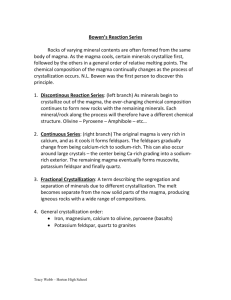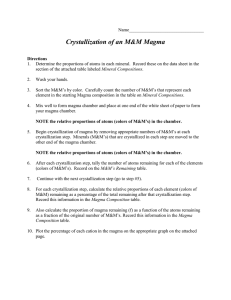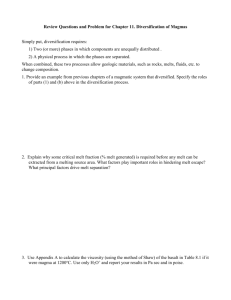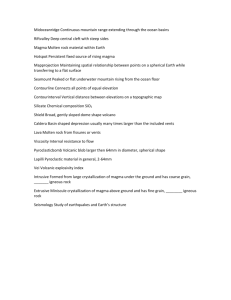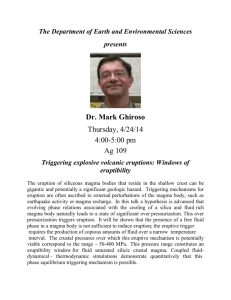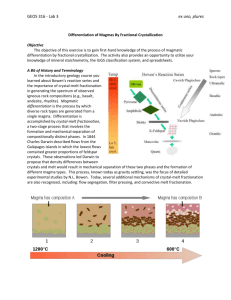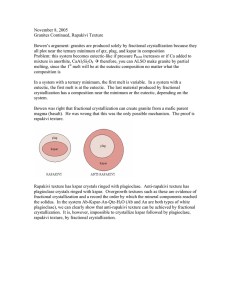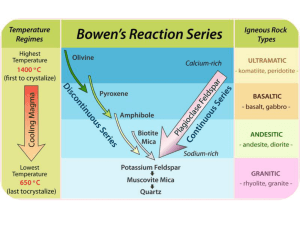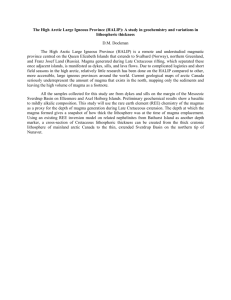Abstract
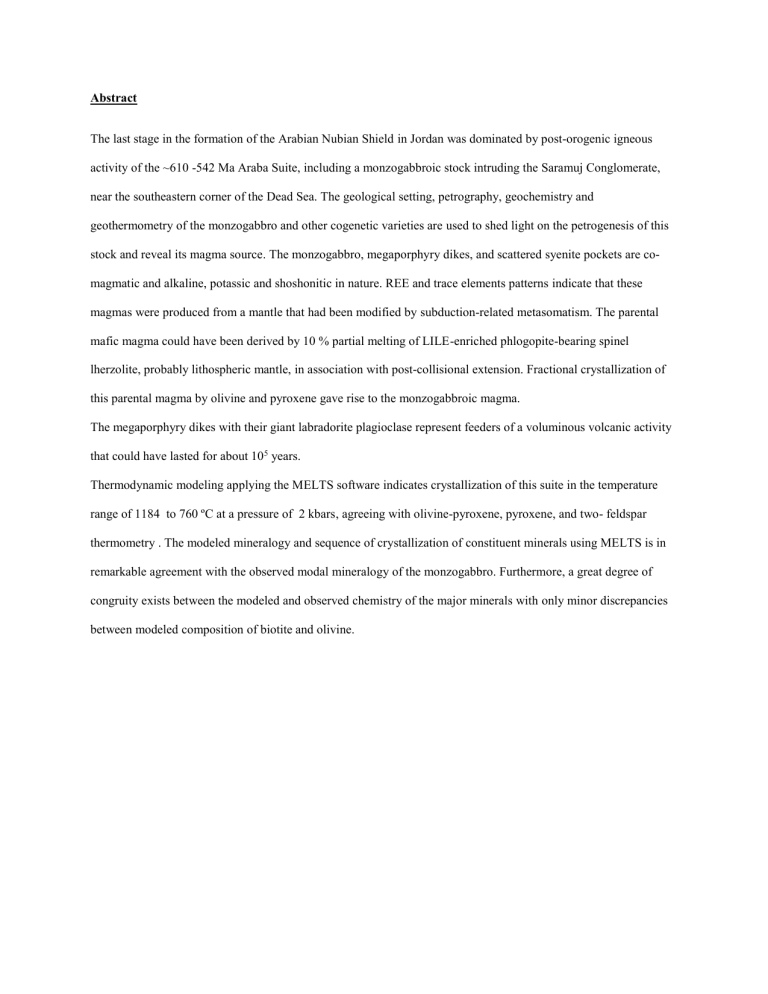
Abstract
The last stage in the formation of the Arabian Nubian Shield in Jordan was dominated by post-orogenic igneous activity of the ~610 -542 Ma Araba Suite, including a monzogabbroic stock intruding the Saramuj Conglomerate, near the southeastern corner of the Dead Sea. The geological setting, petrography, geochemistry and geothermometry of the monzogabbro and other cogenetic varieties are used to shed light on the petrogenesis of this stock and reveal its magma source. The monzogabbro, megaporphyry dikes, and scattered syenite pockets are comagmatic and alkaline, potassic and shoshonitic in nature. REE and trace elements patterns indicate that these magmas were produced from a mantle that had been modified by subduction-related metasomatism. The parental mafic magma could have been derived by 10 % partial melting of LILE-enriched phlogopite-bearing spinel lherzolite, probably lithospheric mantle, in association with post-collisional extension. Fractional crystallization of this parental magma by olivine and pyroxene gave rise to the monzogabbroic magma.
The megaporphyry dikes with their giant labradorite plagioclase represent feeders of a voluminous volcanic activity that could have lasted for about 10 5 years.
Thermodynamic modeling applying the MELTS software indicates crystallization of this suite in the temperature range of 1184 to 760 ºC at a pressure of 2 kbars, agreeing with olivine-pyroxene, pyroxene, and two- feldspar thermometry . The modeled mineralogy and sequence of crystallization of constituent minerals using MELTS is in remarkable agreement with the observed modal mineralogy of the monzogabbro. Furthermore, a great degree of congruity exists between the modeled and observed chemistry of the major minerals with only minor discrepancies between modeled composition of biotite and olivine.
